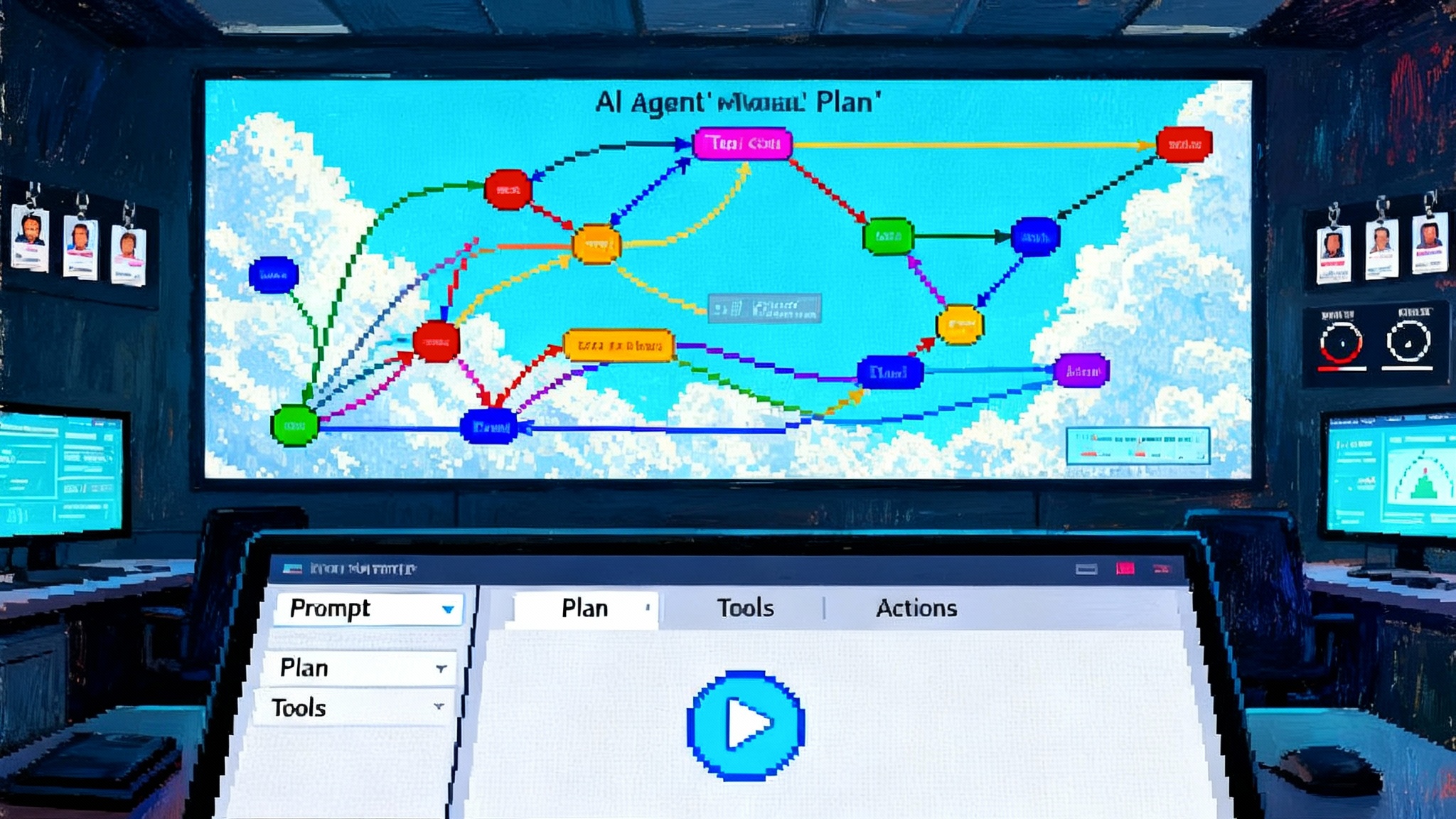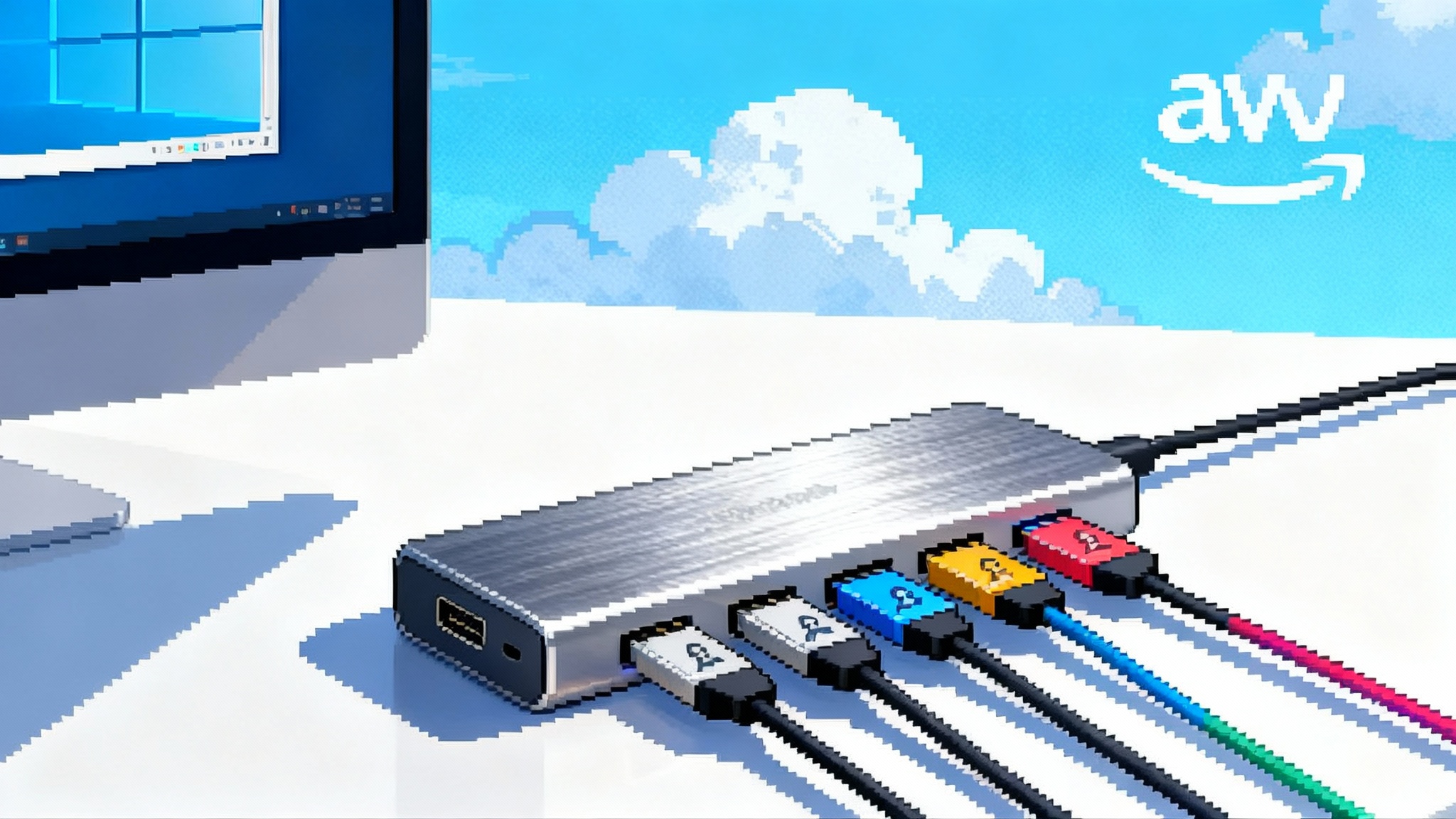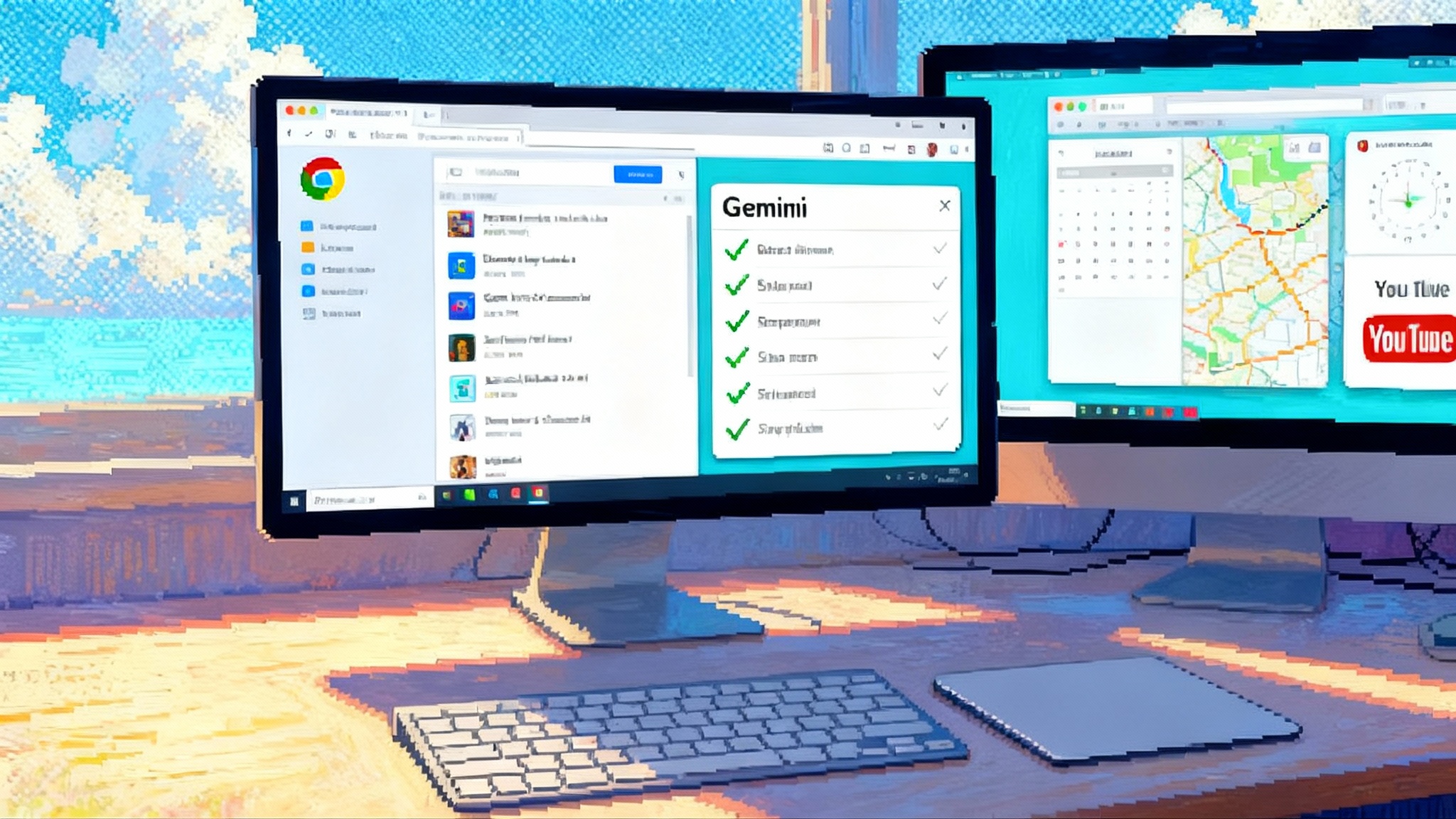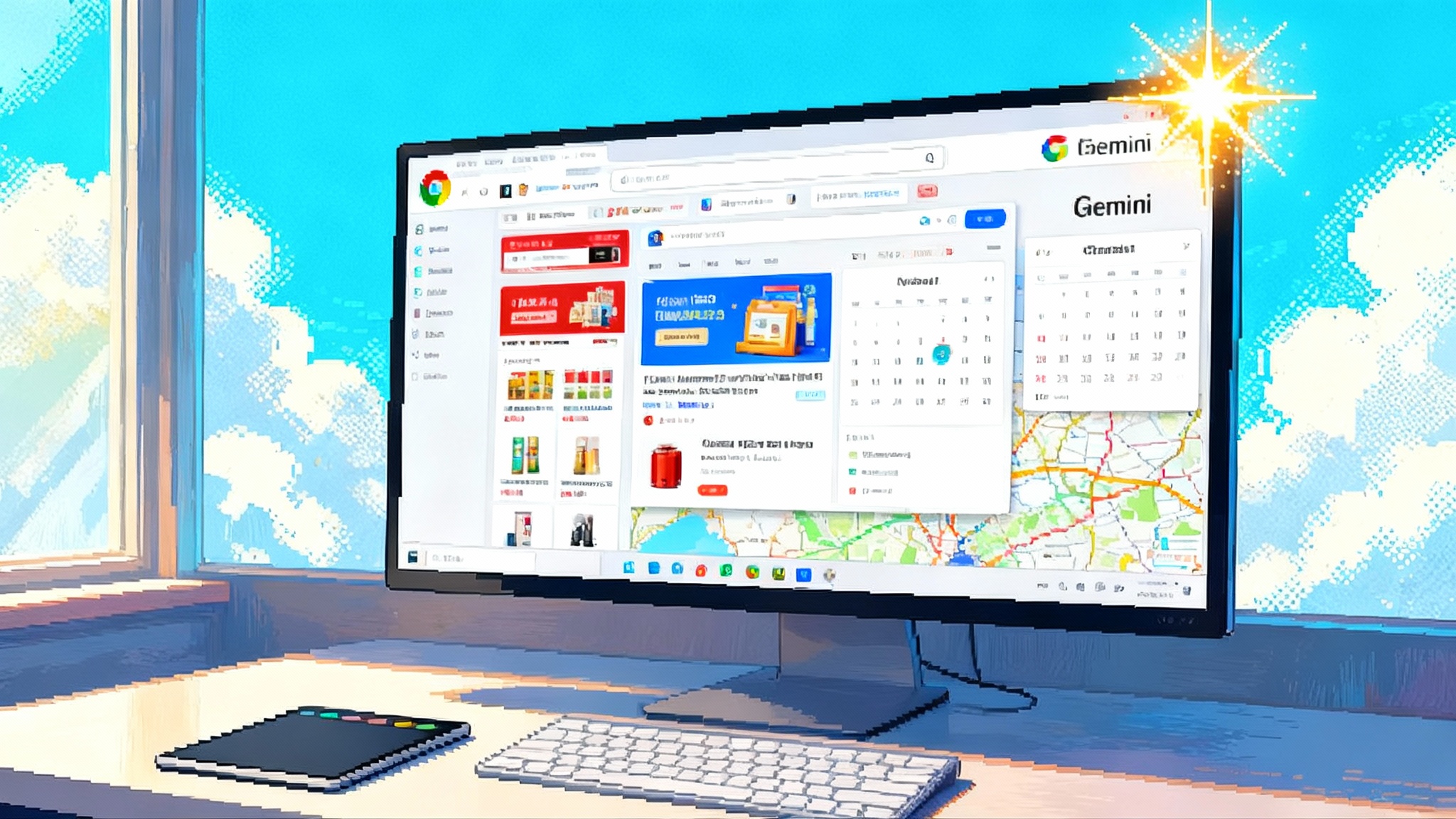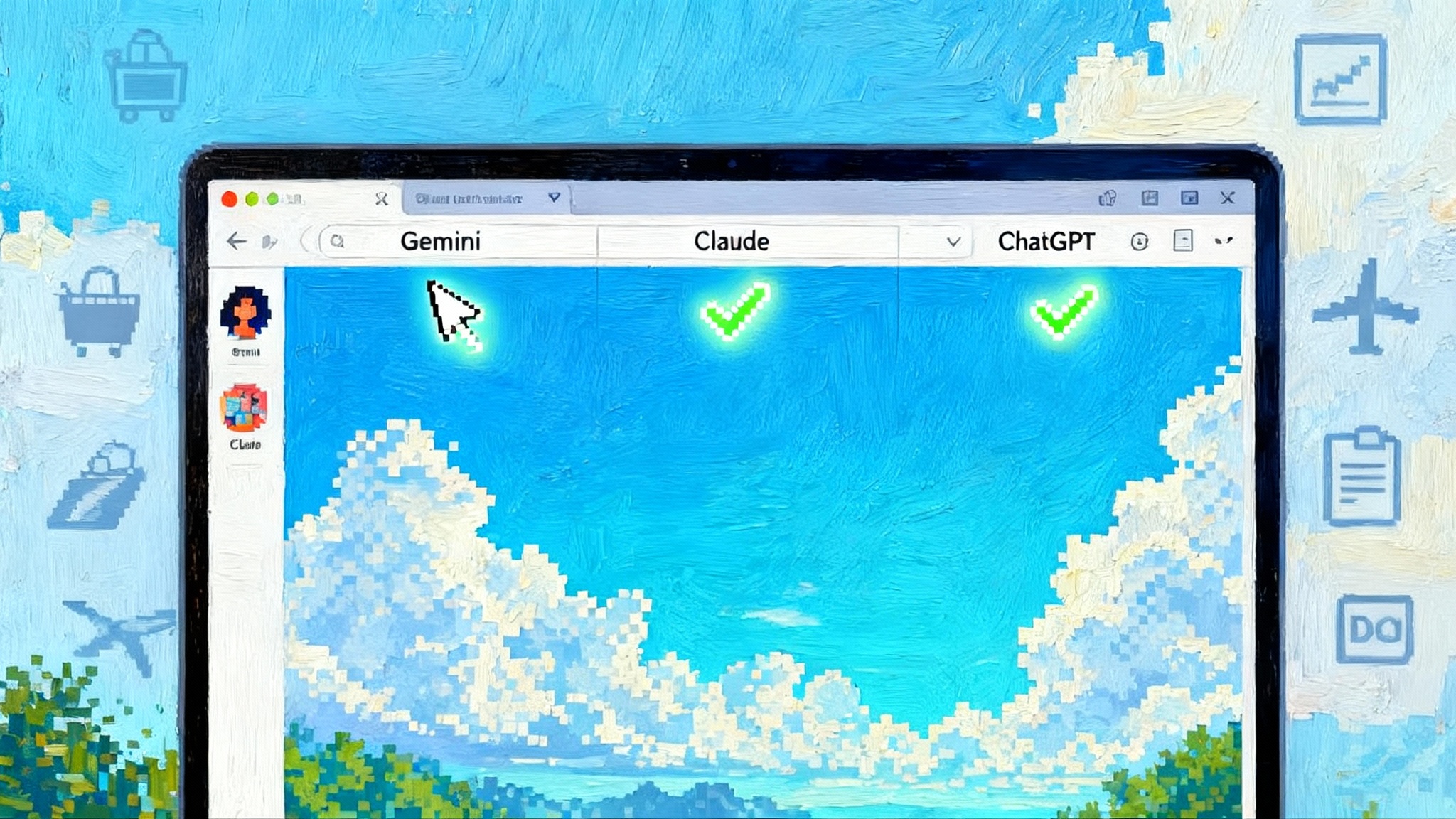At Zoomtopia 2025, AI Companion 3.0 goes cross-platform
Zoom’s AI Companion 3.0 debuts as a low code, cross platform agent that follows you into Teams and Google Meet, automates follow through, and brings enterprise controls. Here is why bring your own agent matters, how it changes Monday workflows, and the questions to ask before you buy.
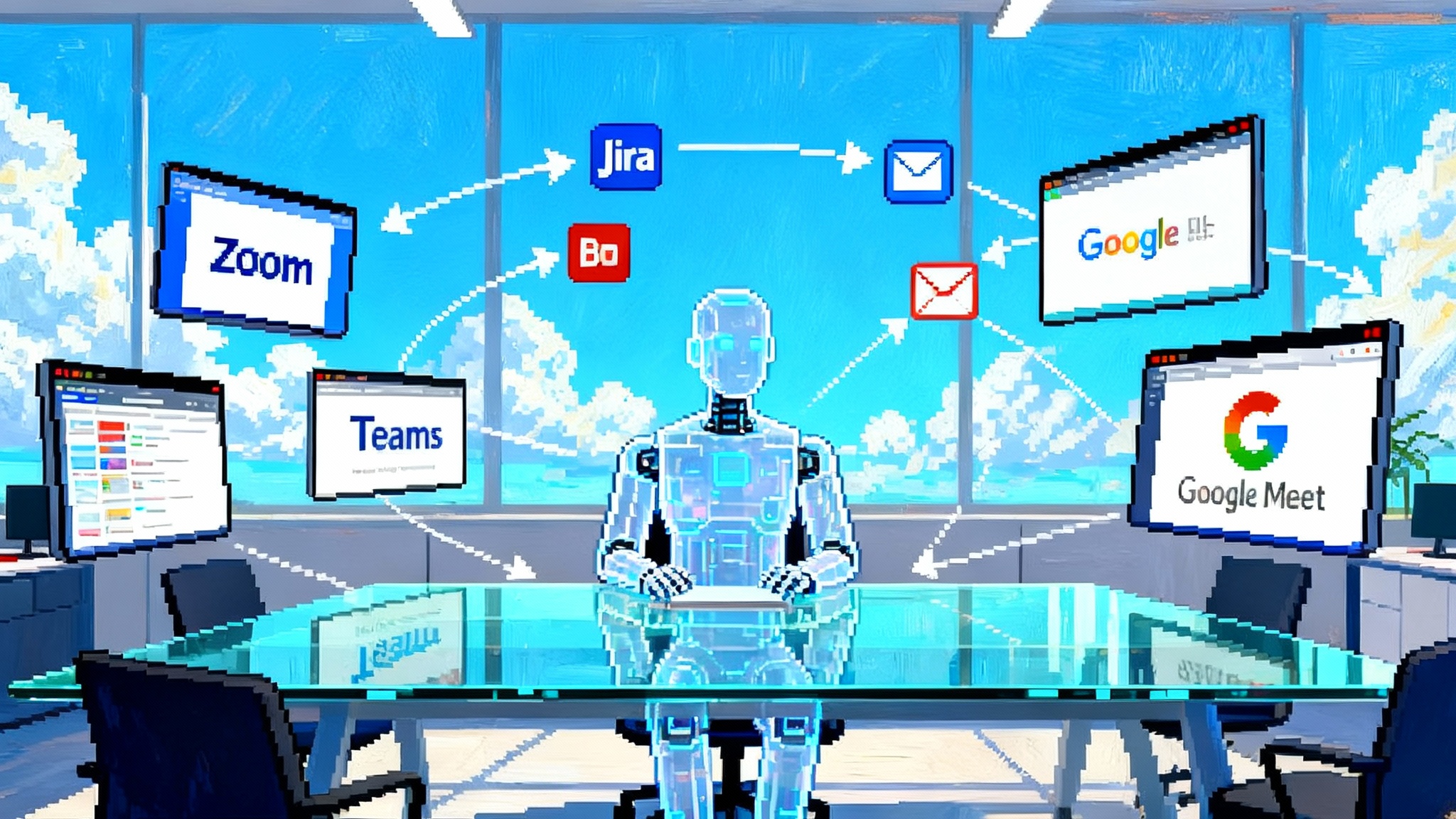
The moment Zoom decoupled the meeting from the agent
On September 17, 2025, Zoom used its Zoomtopia stage to make a subtle shift with outsized implications. AI Companion 3.0 is not just a smarter note taker. It is a low code, agentic layer that can capture context in Zoom, then follow you into rival platforms like Teams and Google Meet, with Webex on deck. That cross platform stance is the headline, and the company anchored it with a Custom AI Companion builder, an Agent2Agent protocol, and third party hooks that move collaboration from capturing discussion to actually closing loops. Zoom’s announcement spells out direction, timing, and pricing in one place in Zoom details AI Companion 3.0.
The message is simple. Meetings happen across tools. Your AI should too.
Why a neutral agent layer matters now
Most teams already straddle multiple meeting surfaces. A sales kickoff on Zoom, a customer call on Teams, a partner sync on Google Meet, plus hallway conversations that never hit a calendar. Historically, your AI stayed home. Copilot worked best inside Microsoft 365, Gemini inside Google, and Zoom’s assistant inside Zoom. That created a drag on value. You had three half informed helpers instead of one that knew your week.
A neutral, cross platform agent flips that. It lets an organization choose a single brain that travels with the user and respects enterprise guardrails. The payoff shows up in three ways:
- Continuity. Brief once, benefit everywhere. The agent knows goals, decisions, and next steps, so it does not reset when the meeting host uses a different app.
- Precision. One source of context reduces duplicate tasks and conflicting follow ups, which is the silent tax of hybrid stacks.
- Control. Security teams can centralize policy and logging for the agent’s actions rather than chase four vendor dashboards.
In short, decoupling the agent from the meeting app removes fragmentation without forcing a rip and replace of your collaboration tools.
From notes to follow through
The shift in value is not better summaries, it is better outcomes. Zoom is leaning into agentic skills that take what was said and make it happen. Think less “Action items: Alice to draft deck” and more “Draft deck created from last quarter’s slides, shared with the channel, review due Friday.”
Three patterns stand out:
- Agent to agent handoffs. Zoom’s Agent2Agent concept means your meeting agent can coordinate with a specialized agent in another system. A sales agent can ask a revenue agent to draft outreach, while a support agent updates a case.
- Third party tool hooks. The agent connects to ticketing, docs, and project tools so it can create and update real objects. That means Jira tickets with the right fields, Confluence pages with sources, and Box folders with structured assets. Support for standards like MCP keeps this extensible. For background on the standard, see why MCP is becoming the agent standard.
- In person and cross app capture. The agent can record, transcribe, and summarize in person meetings or meetings hosted on other platforms, then thread the follow ups back into your systems of record.
There is nothing glam about this. It is the plumbing that turns talk into work.
A quick look under the hood
Zoom’s architecture choices reveal how it aims to avoid vendor lock in without sacrificing control.
- Context fabric. AI Companion 3.0 retrieves and synthesizes internal knowledge from transcripts, chat, calls, and shared docs, plus approved external facts. The result is a unified memory that can answer “what changed since we last met” in plain language.
- Work surface, not a window. The new AI work surface lives in the browser and in Zoom Workplace as a persistent canvas. Instead of hiding behind a tiny chat sidebar, the agent shows what it knows, what it is doing, and what comes next.
- Tooling via protocols. Support for MCP lets developers expose tools in a consistent way, and Agent2Agent extends orchestration among agents. For a broader market view, check NVIDIA NIM agent blueprints.
- Policy aware actions. The agent runs outcome focused prompts that respect role, data boundary, and tool permissions. If your org disallows external calendar events, the agent will propose an action for a human to confirm instead of silently failing.
Do not expect infinite magic. The value comes from well scoped skills with clean interfaces and clear guardrails.
Early integrations and what they unlock
Enterprises do not buy platforms for potential. They buy for current fit plus a roadmap they trust. The early canvas around AI Companion 3.0 looks like this:
- Project and ticketing. Create issues with labels and owners, update status as decisions land, and post summaries back to the epic or sprint.
- Docs and knowledge. Generate a first draft using the last version, attach decisions, citations, and action items, and route for approval.
- Sales and support. Draft call recaps, update CRM fields, open follow up tasks, and coordinate with a virtual agent that continues the workflow after the call ends.
- Calendars and email. Schedule the follow up with the right people, avoid conflicts, and share a one page brief so the next session starts ready.
External reporting that AI Companion now moves across Teams and Google Meet makes the architecture feel less theoretical, as noted in TechRadar’s coverage that it now works with Teams and Meet.
Security, governance, and the audit trail test
Cross platform agents raise obvious questions. If an agent can observe a meeting on a rival platform, summarize it, and take actions in your SaaS, who is watching the watcher? For a deeper security lens on agentic systems, see from EDR to AIDR guidance.
Here is how to evaluate the security model in practice:
- Identity. Map the agent’s identity to your IdP with SSO, SCIM, and role based access mirroring your groups. Never allow the agent to borrow a user token without an auditable record.
- Data boundaries. Route data by geography and product. Define what content types the agent can retrieve, store, or ignore. Default should be to avoid training base models on your data.
- Least privilege tools. Explicitly configure the tools and scope operations. For example, read only in finance systems, write access in Jira for a defined project set.
- Human in the loop. Require confirmation for high impact actions like inviting external attendees or sending customer emails, with thresholds adjustable by team.
- Evidence and retention. Log prompts, system state, inputs, outputs, and tool calls to an immutable store. Align retention and eDiscovery with your legal profile.
- DLP and redaction. Apply existing DLP policies to transcripts and summaries. Mask sensitive fields in outputs and logs.
- Evaluation and drift. Treat prompts and skills like software. Use test suites, red team scenarios, and drift detection.
Pricing and the enterprise calculus
Zoom says AI Companion 3.0 capabilities will be included at no additional cost with paid Zoom Workplace accounts, with a Custom AI Companion add on priced at 12 dollars per user per month. General availability is expected in November 2025. The pricing posture is aggressive. It pressures rivals that frame assistants as premium add ons. The real cost sits in enablement. Securing connectors, writing skills, teaching teams to ask for outcomes not summaries, and tuning guardrails takes time. Budget for that, not only licenses.
How it compares to vendor locked approaches
- Microsoft ecosystem. Copilot is strong inside Teams and 365 with deep hooks into documents, calendars, and security. The tradeoff is that its best features assume an all in Microsoft stack.
- Google ecosystem. Gemini for Workspace excels at docs, mail, and Sheets automations. Its best meeting features shine when you stay inside Google Meet and Google Drive.
- Cisco Webex. Webex AI features push audio quality and meeting intelligence. If your estate is Webex heavy, you will get a tight fit, but the agent still needs to travel with your users.
Zoom’s bet is not to replace these suites. It is betting that an agent layer that moves across them is more valuable than a superb assistant bound to one.
Buyer’s checklist for cross platform meeting agents
Use this list to separate enterprise ready from enterprise risky.
- Scope. What specific outcomes will the agent deliver in the first 60 days, and how will you measure them?
- Identity and access. Can the agent assume a true service identity, map to roles, and honor conditional access policies?
- Tooling permissions. Can you approve which tools it uses, at what permission levels, and for which projects or folders?
- Data handling. Where are transcripts, embeddings, and logs stored, for how long, and who can query them?
- Human review. What actions require a human to confirm, and how are exceptions handled when the agent is offline?
- Audit and eDiscovery. Are prompts, tool calls, and outputs logged in a way legal and security teams can query and export?
- Safe mode. Can you run the agent in propose only mode before you grant write actions?
- Evaluation harness. Do you get templates for red teaming, regression tests for prompts, and alerts for behavior drift?
- Interop proof. Ask for a live demo of the agent participating in Teams and Google Meet, taking notes, and creating tasks in your tools. No slideware.
- Cost model. What is included in your base plan, what requires the add on, and how do usage caps apply to high volume teams?
What changes for teams on Monday
Expect the meeting to feel less like a boundary and more like a checkpoint. The agent joins to prepare participants with a one page brief, tracks decisions in real time, opens tickets as you converge, and schedules the follow up with pre work assigned. The effect is small in a single meeting, but over a quarter it compounds. Fewer orphaned action items, fewer double booked sessions, and fewer decks created from scratch.
Managers should reset norms. If the agent can generate the recap, spend the last five minutes aligning on who will do the work and which system will track it. If the agent can propose an agenda, sharpen what success looks like. That is where the human stays in the loop.
The risks to watch
- Overreach. Agents that attempt too much too soon will burn trust. Start with narrow, high value flows and expand by proof.
- Shadow automations. If the platform makes it too easy to wire actions, you can end up with rogue skills writing to core systems. Centralize skill publishing and review.
- Context leakage. Cross platform capture must honor the most restrictive policy in play. When in doubt, the agent should redact or ask.
The bigger arc
Zoomtopia 2025 may be remembered less for photoreal avatars and more for a platform choice. By untying the agent from the meeting, Zoom is nudging the market toward a universal, policy aware assistant that belongs to the enterprise, not the vendor. The immediate win is continuity. The long term win is leverage. When your agent can work across Zoom, Teams, and Meet, you can pick the best meeting surface for the task without losing your AI memory or your governance posture.
The next twelve months will test whether standards like MCP and patterns like Agent2Agent harden into everyday plumbing. If they do, the agent era will look less like a patchwork of assistants and more like an interoperable layer that turns conversation into progress, wherever you meet.
